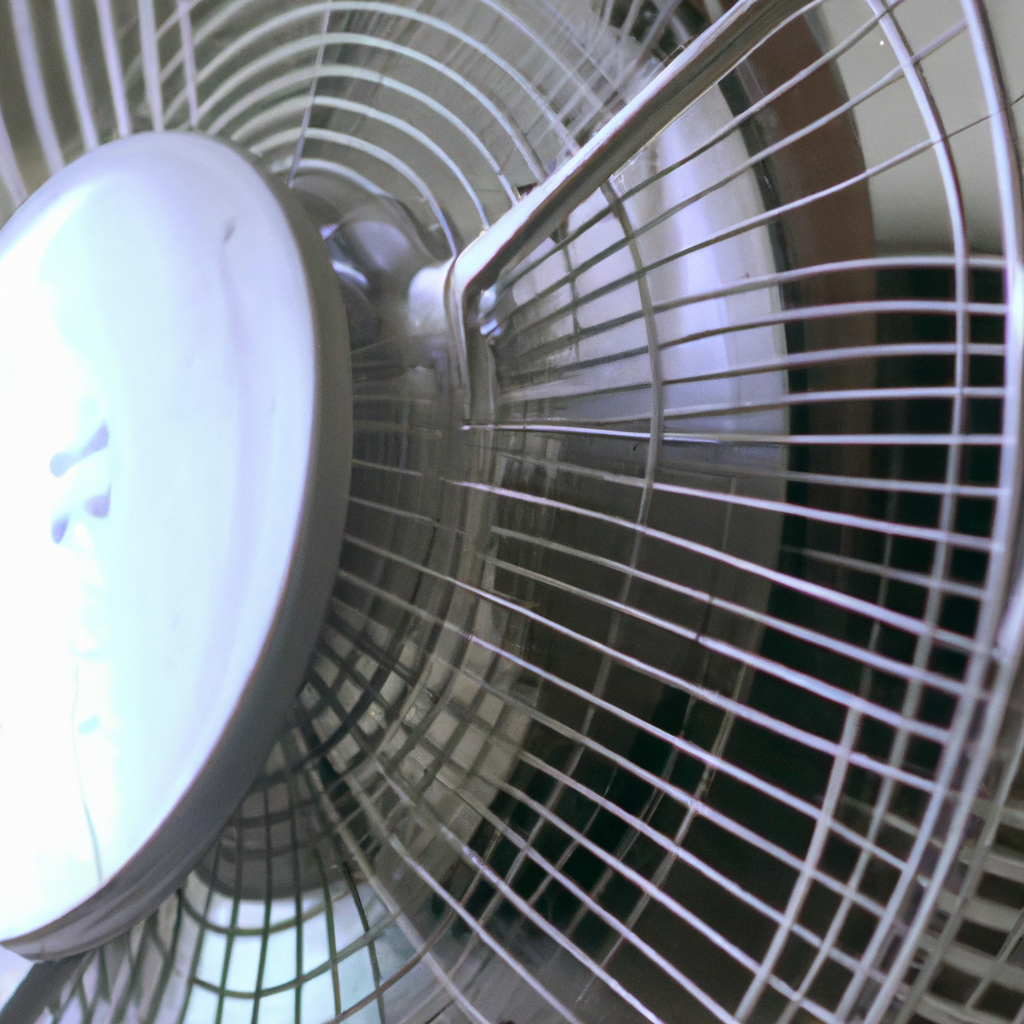Fans have been used for centuries to cool spaces, from the earliest hand-held fans to the modern ceiling fans and air conditioning units. Fans work by moving air, which helps to create a cooling effect. In this article, we will explore how a fan cools the air and the different types of fan technology that can be used to improve air circulation and temperature control.
How Does a Fan Cool the Air?
Fans work by creating a breeze that moves air around a space. As the air moves, it helps to evaporate moisture on your skin, which creates a cooling effect. The movement of air also helps to disperse heat, which can make a space feel cooler.
When you turn on a fan, it creates a low-pressure area behind the blades, which draws air into the fan. The blades then push the air out in front of the fan, creating a breeze. This breeze helps to move air around a space, which can help to cool it down.
Types of Fan Technology
There are several different types of fan technology that can be used to improve air circulation and temperature control. Some of the most common types of fan technology include:
1. Ceiling Fans: Ceiling fans are one of the most popular types of fans. They are mounted on the ceiling and circulate air throughout a room. Ceiling fans can be used in conjunction with air conditioning units to improve air circulation and reduce energy costs.
2. Tower Fans: Tower fans are tall and slim, and they are designed to circulate air in a room without taking up much space. They are often used in bedrooms and living rooms to improve air circulation and create a cooling effect.
3. Desk Fans: Desk fans are small and portable, making them ideal for use in offices and small spaces. They help to circulate air and create a cooling effect without taking up much space.
4. Box Fans: Box fans are large and powerful, and they are designed to move a lot of air. They are often used in industrial settings, but they can also be used in homes to improve air circulation and create a cooling effect.
5. Exhaust Fans: Exhaust fans are designed to remove hot air and moisture from a space. They are often used in bathrooms and kitchens to improve air quality and reduce humidity.
Benefits of Fan Cooling
Fan cooling has several benefits, including:
1. Energy Efficiency: Fans use less energy than air conditioning units, which can help to reduce energy costs.
2. Improved Air Circulation: Fans help to circulate air around a space, which can help to improve air quality and reduce humidity.
3. Temperature Control: Fans can be used in conjunction with air conditioning units to improve temperature control and reduce energy costs.
4. Improved Comfort: Fans create a cooling effect that can help to improve comfort levels in a space.
Conclusion
In conclusion, fans work by creating a breeze that moves air around a space. This helps to disperse heat and create a cooling effect. There are several different types of fan technology that can be used to improve air circulation and temperature control, including ceiling fans, tower fans, desk fans, box fans, and exhaust fans. Fan cooling has several benefits, including energy efficiency, improved air circulation, temperature control, and improved comfort. By using fans in conjunction with other cooling systems, it is possible to create a comfortable and energy-efficient space.







